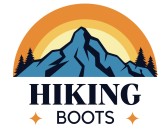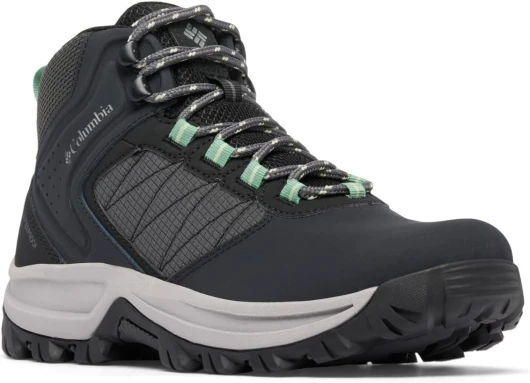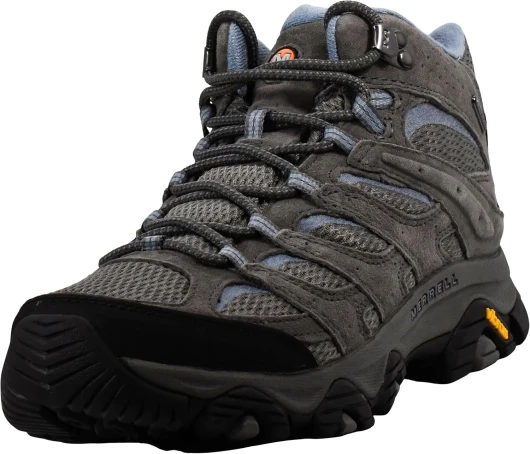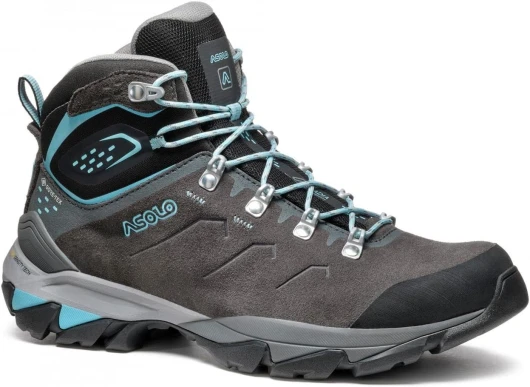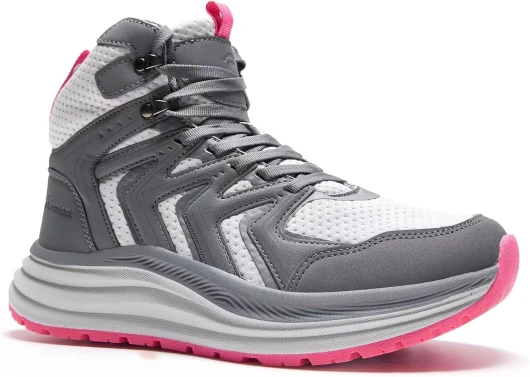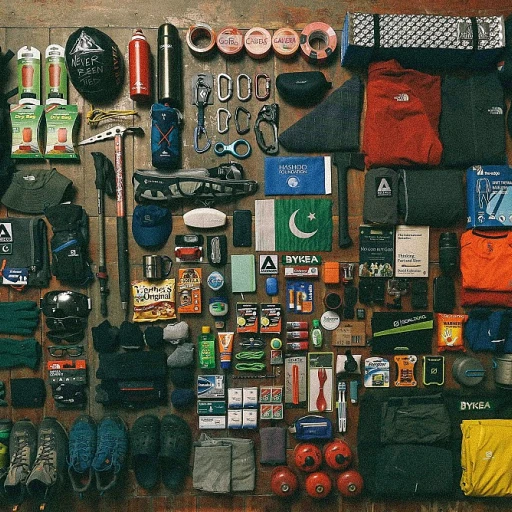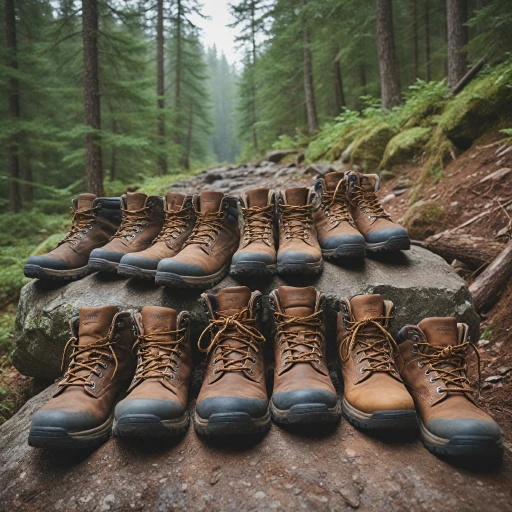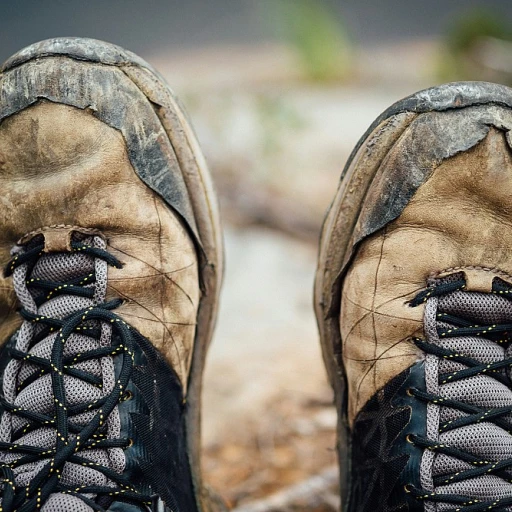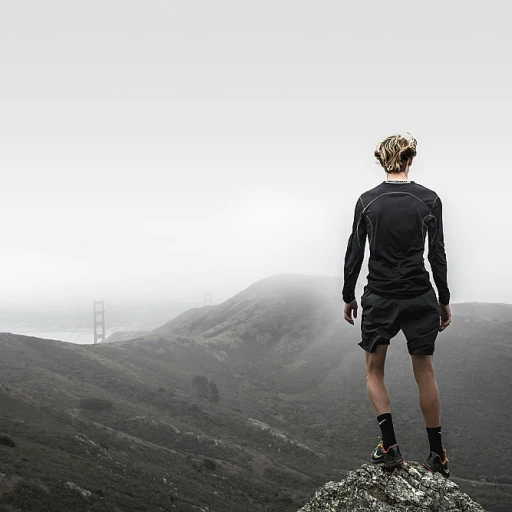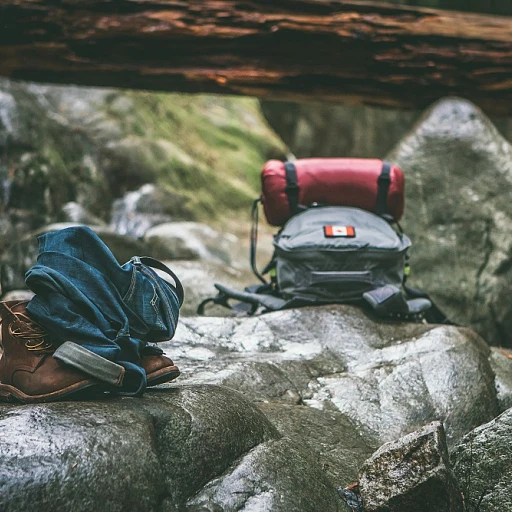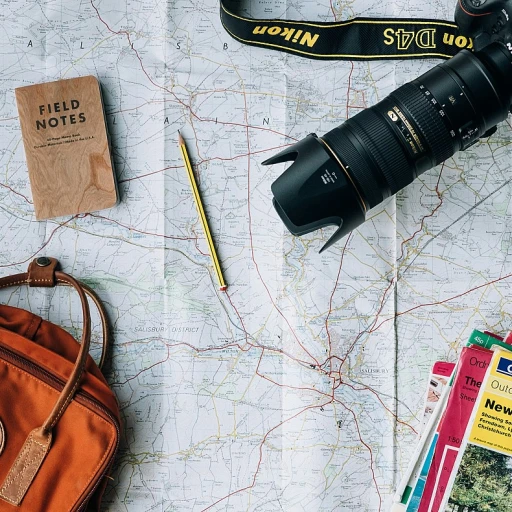
Understanding Bunions and Their Impact on Hiking
Understanding the Challenges of Bunions While Hiking
Bunions are a common foot condition that can significantly impact an avid hiker's experience on the trail. Essentially, a bunion forms when the big toe pushes against the adjacent toe, forcing the joint of the big toe to enlarge and stick out. This can lead to considerable foot pain and discomfort, making the task of selecting the right hiking boots crucial. The protruding bone and sensitive skin in the affected area demand a wide toe box to prevent rubbing and irritation. Hence, a boot with sufficient toe room is vital for accommodating bunions without compromising comfort and support. Many hiking enthusiasts dealing with bunions find that boots crafted with a wider fit or a specific design for foot conditions can make a world of difference in their hiking adventures. Moreover, bunions can alter the foot's range of motion, impacting stability on uneven terrains. The need for exceptional arch support and a stable shoe structure is paramount to help maintain balance and reduce strain during long hikes. Hiking boots featuring a Vibram Megagrip sole and gore tex material can enhance grip and water resistance, ensuring both safety and comfort on slippery paths. For those affected by bunions, investing in properly fitting boots is as important as understanding foot anatomy. Consulting with a professional at an outdoor store can provide personalized advice and guidance tailored to your specific needs. Awareness of this foot condition's impact on your hiking experience will aid in identifying the essential features necessary for a supportive and pain-free hike. Exploring more on how hiking impacts bunions can deepen your understanding and guide you in searching for that perfect fit. For a thorough look into addressing similar challenges, you might consider checking out this comprehensive guide for outdoor enthusiasts.Key Features to Look for in Hiking Boots for Bunions
Prioritizing Comfort and Support with the Right Boot Features
Finding the right hiking boots when dealing with bunions can significantly enhance the comfort and support necessary for enjoyable trekking experiences. For those prone to foot pain and requiring added stability, key features can help provide relief and prevent aggravation of these sensitive areas.- Wide Toe Box: Prioritize hiking boots with a wide toe box to accommodate the big toe, ensuring there's enough room to alleviate pressure points. This prevents the compression of your toes and reduces the risk of discomfort.
- Leather Upper: Opt for boots with a flexible leather upper, such as nubuck leather, which offers durability and gradual custom fitting over time. This material provides ample support while maintaining a range of motion crucial for hikers with bunions.
- Advanced Support Features: Boots that include additional arch support and ankle support are essential. These features contribute significantly to a stable hiking experience and should be a part of the support system you consider.
- Cushioned Heel: A well-cushioned heel can help absorb impact and offer heel-to-toe comfort, essential for treks of varying intensity. This feature helps mitigate the pressure on vulnerable areas like bunions.
- Water Resistance: Consider water-resistant materials like Gore-Tex that keep moisture at bay while ensuring breathability, which is an attribute often found in quality hiking boots like the Salomon Quest.
- Stability and Traction: Vibrant soles like Vibram Megagrip offer excellent traction and stability, greatly reducing foot strain and ensuring safer trails.
Top Hiking Boot Brands Offering Bunion-Friendly Options
Leading Brands That Cater to Bunion Needs
Finding hiking boots that prioritize comfort and support for bunion-prone feet involves looking at established brands known for their thoughtful design. These options pair functionality with the kind of comfort essential for longer treks and challenging terrains.
Keen has made its mark with a roomy toe box that allows for a natural toe splay, which is vital for bunion comfort. The Keen Targhee line, in particular, provides a moisture-wicking leather upper and reliable ankle support to tackle tough trails while accommodating wider feet.
For those prioritizing water resistance and durability, the Salomon Quest series boasts an engineered mesh and Gore-Tex lining that adds extra protection against the elements. Moreover, their acclaimed sensi-fit design wraps the midfoot securely while leaving ample room in the toe box for maximum comfort.
Another noteworthy contender is the Altra Lone Peak. This brand is celebrated for its foot-shaped design that mirrors the natural shape of the foot, providing essential space for the big toe to move and minimizing pressure on bunions. Their models also feature a zero-drop platform that can enhance the overall arch support and support stability.
Vibram MegaGrip offers outsoles that are both durable and highly slip-resistant, making them practical for slippery and rocky terrains. They combine well with flexible materials such as nubuck leather, which adapts to foot contours, allowing for painless range motion.
Recognizing the need for women-specific designs, many of these brands offer gender-specific fits that consider anatomical differences, providing more personalized heel-toe balance and stability control to help manage bunion discomfort.
To explore more about ideal presents for the outdoor enthusiasts among your circle, consider checking out our guide on perfect hiking gifts.
Tips for Fitting and Testing Hiking Boots
Finding the Perfect Fit
Ensuring the right fit is paramount for hikers with bunions, as it’s crucial to prioritize comfort and support. Begin by trying on hiking boots in the late afternoon when your feet are naturally larger. This helps in assessing the true size and fit of the boots.- Choose Boots With a Roomy Toe Box: Make sure the toe box is wide enough to allow your toes to spread out comfortably. This is essential in minimizing pressure on the bunions. Consider boots like those with a wide toe or specifically designed wider fits.
- Assess the Arch Support and Stability: Proper arch support can prevent foot pain and provide the necessary stability on rugged terrains. Look for boots like the Salomon Quest or Keen Targhee which offer excellent support.
- Select Correct Materials: Materials like nubuck leather or a leather upper can offer a comfortable yet durable fit. Additionally, leather’s natural flexibility can adapt to the shape of your foot over time.
Testing Your Hiking Boots
Once you've selected potential footwear, it’s time to test how they perform in terms of comfort and support.- Walk on Different Surfaces: Test the boots on various surfaces to ensure they provide adequate ankle support and stability. Optionally, check how water-resistant they are by walking on wet surfaces or in shallow water, as an extra feature like a Gore-Tex lining could benefit the overall experience.
- Check for Heel-Toe Drop: Consider the heel-toe drop that feels comfortable for your range of motion. This will contribute to overall comfort, especially for women needing specific heel or arch support.
- Bring Your Hiking Socks: Try on the boots with the same type of hiking socks you typically wear, ensuring the fit and comfort level is not compromised.
Reassessing Fit and Comfort
- Identify Any Pressure Points: Pay particular attention to any pressure points around the big toe area, as pressure here could exacerbate bunion pain.
- Consider Adjustments: Sometimes minimal adjustments can make a significant difference. Consider using customized insoles or bunion pads to enhance comfort and reduce discomfort during long hikes.
Caring for Your Hiking Boots to Extend Their Lifespan
Preserving the Longevity of Your Hiking Boots
Proper care is essential to ensure your hiking boots remain comfortable and functional, especially when accommodating conditions like bunions. Maintaining leather uppers by cleaning them regularly with a soft brush or cloth helps retain the boots' flexibility and appearance. For nubuck leather, using a specialized cleaner ensures you don't degrade the material.
Water-resistance is another critical feature for boots. Applying a water-resistant spray can help maintain the Gore-Tex lining and keep your boots dry during wet hikes. Ensure the boots are completely dry before use by air drying them away from direct heat sources.
The heel toe drop and overall shoe construction influence the range of motion and stability. After hikes, remove any unyielding dirt from the vibram megagrip soles to maintain grip. This is particularly beneficial in wet conditions.
Foot pain can be minimized by ensuring the toe box maintains its shape. Avoid squashing the boots during storage to preserve their structure. When storing, stuff the toe box with newspaper or a shoe tree to retain the wide toe fit, reducing stress on the big toe and alleviating discomfort associated with bunions.
These caring practices not only extend the lifespan of your boots but also maintain their support stability, especially crucial for women seeking proper ankle support. Regular maintenance bolsters the comfort and support required for enjoyable hiking adventures without compromising on the fit of the hiking boot.
Alternative Solutions and Accessories for Bunion Relief
Exploring Practical Solutions for Enhanced Hiking Experience
For hikers dealing with bunions, finding the right hiking boots with features like a wide toe box and proper arch support is crucial, as already discussed. However, there are additional solutions and accessories that can offer further relief and enhance your hiking experience.- Custom Orthotic Inserts: Consider investing in custom orthotic inserts. These can provide tailored support and stability for your foot, helping balance pressure on the bunion area and reduce discomfort during hikes.
- Toe Spacers: Utilizing toe spacers can be a simple yet effective way to alleviate pressure on your big toe. The use of silicone spacers helps maintain a better range of motion for your toes, promoting overall foot comfort in your hiking boots.
- Proper Cushioning: Look for boots with ample cushioning, especially in the midsole. This can significantly reduce the impact and stress on your feet, notably across rugged terrains.
- Correct Sock Choice: Opt for moisture-wicking socks made from materials like merino wool or a synthetic blend. These not only keep your feet dry, enhancing the comfort of your hiking boots but also reduce friction – one of the main culprits of foot pain.
- Compression Gear: Compression socks or sleeves can also provide additional support and help with blood circulation, reducing swelling and pain around the bunion.
